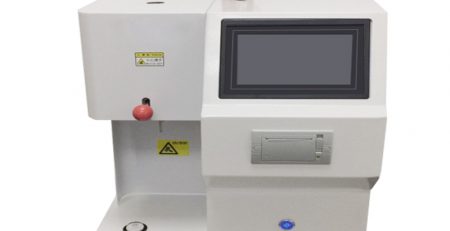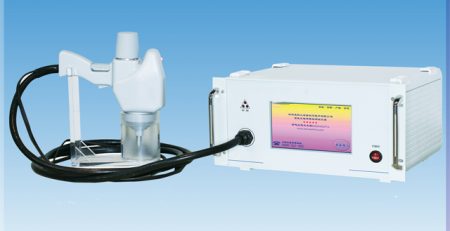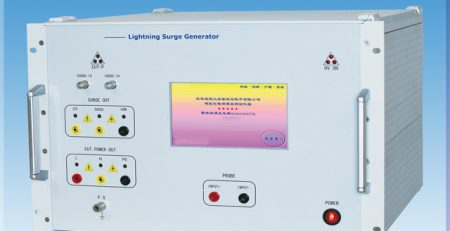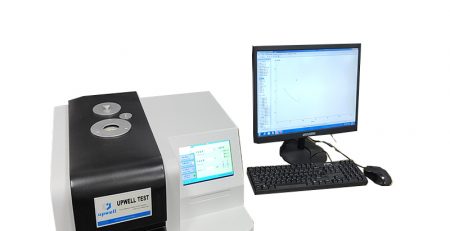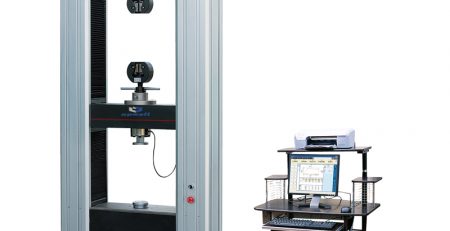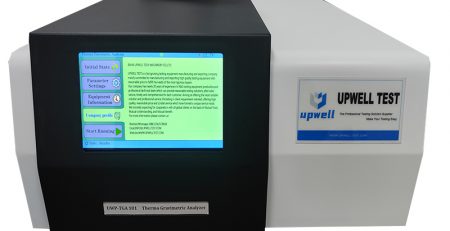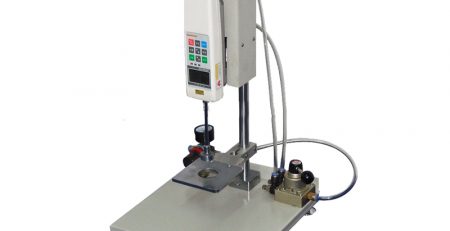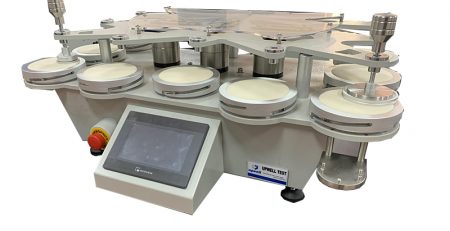Thermo gravimetric Analysis measures the relationship between sample weight and weight change rate with temperature in a program controlled temperature and an atmosphere. Generally used to determine the decomposition of the sample and the stability of the material. It can also be used to determine the weight change of the sample in the process of decomposition, oxidation, dehydration, and adsorption.

The basic principle of the thermo gravimetric analyzer is that the balance displacement caused by the sample weight change is converted into an electromagnetic amount. This tiny amount of electricity is amplified by the amplifier and sent to the recorder for recording, and the amount of electricity is proportional to the weight change of the sample. When the measured substance sublimates, vaporizes, decomposes into gas or loses crystal water during the heating process, the quality of the measured substance will change. At this time, the thermo gravimetric curve is not a straight line but a decline. By analyzing the “thermo gravimetric curve”, you can know at what temperature the measured substance changes.
Thermo gravimetric analyzers are widely used in research and development, process optimization and quality monitoring in various fields such as plastics, rubber, coatings, pharmaceuticals, catalysts, inorganic materials, metal materials and composite materials.
The influence of atmosphere on thermo gravimetric analysis:
The change of the surrounding atmosphere of the thermo gravimetric analyzer has a significant effect on the TG curve, and the atmosphere in the TGA furnace will affect the temperature of some reactions of the sample. For example, in the TGA experiment of dolomite materials in a pure nitrogen atmosphere and a nitrogen atmosphere containing 15% carbon dioxide, the dolomite is mainly composed of magnesium carbonate. During the heating process, carbon dioxide is generated. In a pure nitrogen atmosphere, this process is embodied as a relatively wide step. It can be seen from the DTG curve that there are two overlapping thermal effects. In a nitrogen atmosphere containing 15% carbon dioxide, the two thermal effects are well separated. This corresponds to the escape of carbon dioxide from magnesium carbonate and calcium carbonate.
Thermo gravimetric analysis is a relatively commonly used testing method in R&D and quality control. Thermo gravimetric analysis is often used in combination with other methods in actual material analysis to conduct comprehensive thermal analysis and analyze materials comprehensively and accurately.
Any comment or question please freely to contact us www.upwelltest.com or email us info@upwell.com

